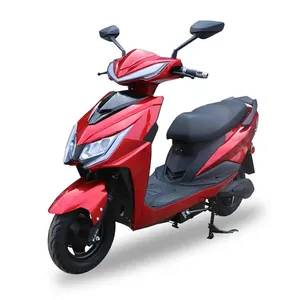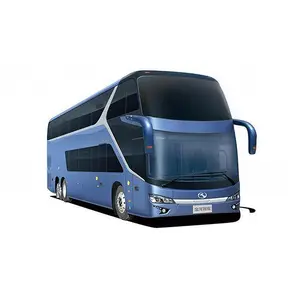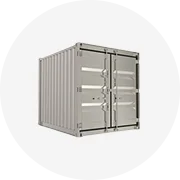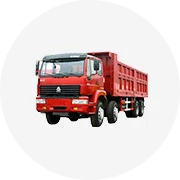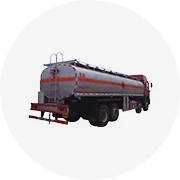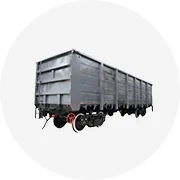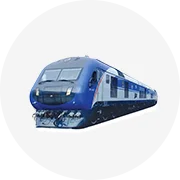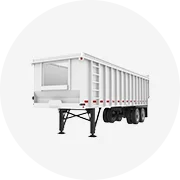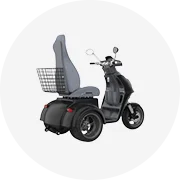Popular in your industry











































































Related Searches:






































































































































































Top categories
About clinker transport
Clinker Transport: An Overview
Clinker transport is a critical component in the supply chain of cement production, serving as the conduit between clinker production and its eventual conversion into cement. This process involves the movement of clinker, a nodular material produced in the kiln during the cement manufacturing process, to various facilities where it is stored, blended, and ground to form cement.
Types of Clinker Transport Systems
The transportation of clinker comes in various forms, each suited to different logistical needs and scales of operation. Bulk clinker transport is commonly utilized for large-scale movements, leveraging both inland transport and maritime shipping solutions. For smaller or more urgent deliveries, clinker logistics can include advanced freight forwarding services that optimize the supply chain efficiency.
Applications and Features of Clinker Conveyance
Clinker transport systems are designed to cater to a range of applications, from small-scale operations to large, international shipments. The features of these systems include high durability to withstand the abrasive nature of clinker, as well as flexibility to accommodate different volumes and shipping destinations. The use of conveyor belts for clinker is a prominent method, providing continuous, automated movement of materials with minimal manual intervention.
Materials and Advantages of Clinker Transport Equipment
The equipment used in clinker transport is constructed from materials capable of withstanding the abrasive nature of clinker, such as reinforced metals and alloys. The advantages of utilizing specialized clinker handling equipment include enhanced efficiency, reduced risk of contamination, and minimized material loss during transport. These systems are engineered to optimize the flow of materials, ensuring a steady supply chain and aiding in maintaining the quality of the clinker.
Operational Control and Risk Management
Incorporating advanced clinker transport mechanisms allows for greater operational control, enabling precise tracking and management of the material flow. This level of control is crucial for reducing risks associated with material handling, such as spillage or irregular supply. Furthermore, the automation of clinker transport systems minimizes the potential for human error, thereby enhancing overall operational safety and reliability.
Enhancing Workplace Efficiency with Clinker Transport
The strategic implementation of clinker transport services can significantly enhance workplace efficiency. By automating the movement of clinker, companies can focus on core operations, optimizing production rates, and improving the bottom line. The adaptability of these systems to handle various material sizes and weights also contributes to a more streamlined manufacturing process.



